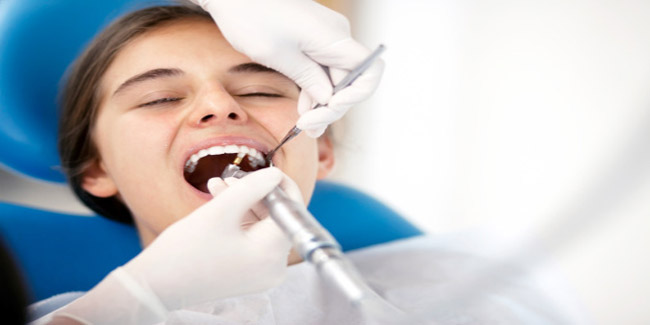
The Temporaomandibular joint is a hinge which connects the jaw to the temporal bones of the skull. These are present in front of each ear and help you move the jaw up and down and sides to side enabling you to talk, chew and yawn. Temporomandibular disorders are the problems in the jaw and the muscles that control your face. The condition is wrongly called TMJ. 
Table of Content:-
Causes
The exact causes of the TMD are not known but dentists believe that symptoms usually arise from the problems of the muscles of the jaws or other parts of the joints. Injury to the jaw, joint or the muscles of the head or neck may lead to the TMD. Other causes of TMD include grinding or clenching of the teeth, movement of the soft cushion or disc between the ball and socket of the joint, arthritis in the joints and stress. 
How is it Diagnosed?
It has symptoms same like other conditions such as tooth decay, sinus problems, arthritis or gum diseases. In order to find out the cause, the dentist will ask about your health history and will conduct a physical exam to check the tenderness of your gums. Your dentist will listen for the clicks, pops or grating sounds when you move your jaws. He will make sure that jaw does not lock when you open or close your mouth. X-rays can also be taken to view your jaws, temporomadibular joints and teeth to know if you have any other oral problems. Others test include Magnetic Resonance Imaging or computer tomography.
How we keep this article up to date:
We work with experts and keep a close eye on the latest in health and wellness. Whenever there is a new research or helpful information, we update our articles with accurate and useful advice.
Current Version